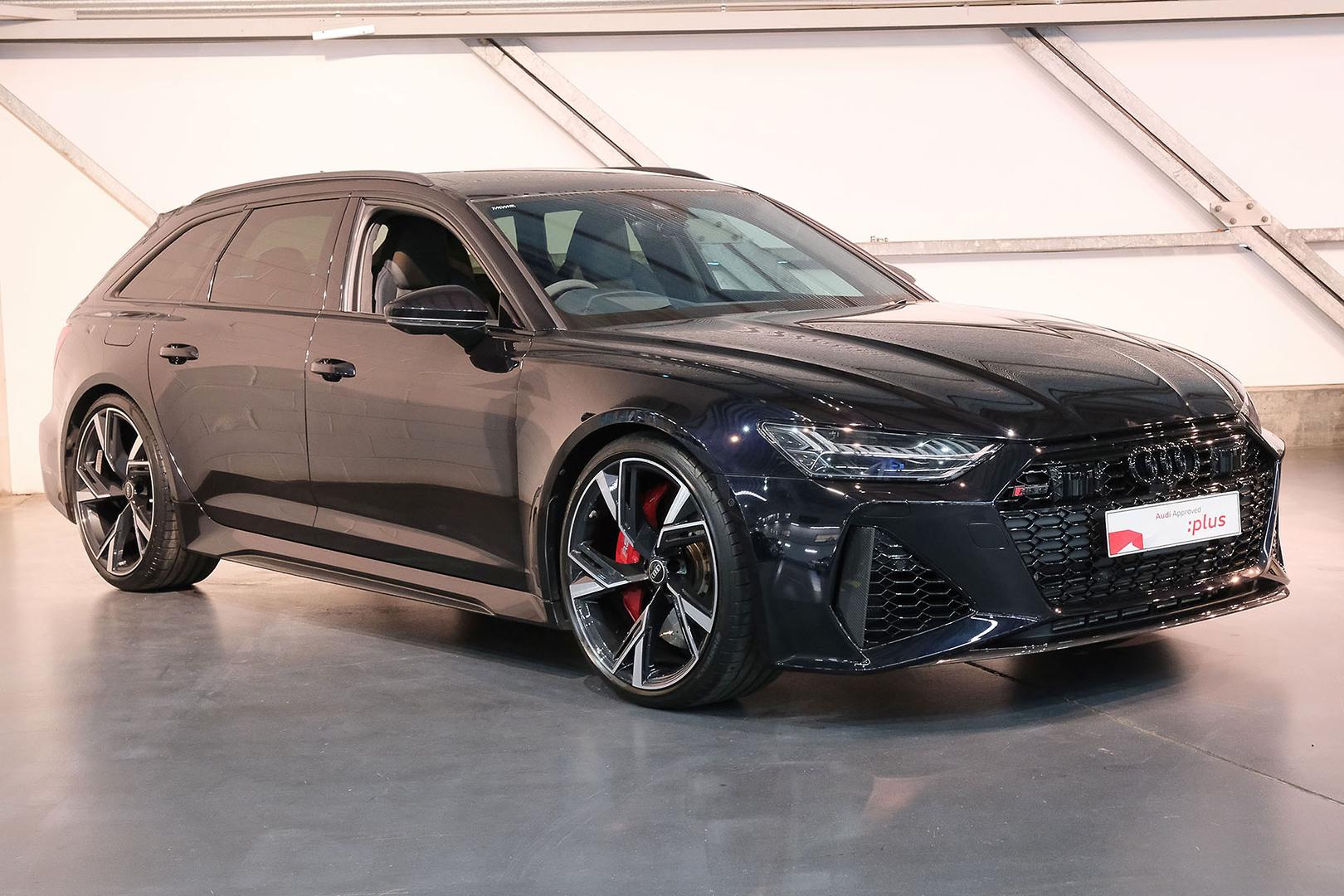Aston Martin unveils F1 safety cars for 2022
Following their debut as Formula 1’s official safety and medical cars last season, the Aston Martin Vantage and DBX are returning to the role this year and will make their first on-track appearance for the 2022 season at the Australian Grand Prix in April.

As part of the sharing of safety car duties that began in 2021, Aston Martin will feature at 12 rounds of this year’s 22-round season, with Mercedes-AMG to provide the safety cars for the other 10 rounds.
It’ll be easy to spot which brand is in action when viewing the races on TV, as the Aston Martin fleet is finished in metallic racing green (the same as the AMR22 F1 cars) and the Mercedes-AMG cars in bright red.

"It is a continuing source of pride for myself and the whole company to see our cars playing a crucial role in Formula 1,” said Tobias Moers, Chief Executive Officer of Aston Martin Lagonda.
“Vantage and DBX will feature at 12 Grand Prix this year and, as much as I hope they won’t be called upon too often in the races, I think we all know they will be busy again as F1 enters this new era. We’re excited to be part of the show!”

Aston Martin Vantage – Official Safety Car of Formula 1
As in 2021, the safety car provided by Aston Martin this year was developed by the engineering team at Aston Martin in collaboration with the FIA and is based on the Vantage performance coupe.
Aside from the bespoke LED light bar, other items that turn the Vantage into a safety car include an LED rear number plate, bodyside mounted radio antennas and additional FIA safety car livery.

While no official data on the performance of this year’s Vantage safety car has been released, it’ll likely be unchanged from last year’s version, which was powered by a 4.0-litre twin-turbo petrol V8 that normally puts out 504hp (375kW) but was tuned in the safety car to provide 528hp (393kW). Maximum torque of 505lb/ft (685Nm) is unchanged from the production Vantage, but the safety car is reportedly able to sustain that maximum for longer.
The changes deliver a 3.5-second 0-60mph time and top speed of around 313km/h, while modifications to the grille improves aerodynamics and a larger front splitter increases downforce.

Inside, various controls to operate the lights and radio communications equipment are added to the centre console, while the FIA’s Marshalling System is incorporated into the Vantage dashboard. For Formula 1’s long-serving safety car driver, Bernd Mayländer, this system displays different lights corresponding to the warning flags on the track.
In-car monitors are also added, presenting live feeds of the TV coverage, as well as lap timing and track positioning data for the race cars. The stock Vantage front seats are replaced with FIA-approved racing seats with 6-point harnesses for both Mayländer and his passenger.
The Vantage safety car also features its own camera system to show the TV audience what’s happening inside and outside the vehicle.
Last year’s safety car debut for Aston Martin led to the release of a ‘Vantage F1 Edition’ production model, which offered the same engine upgrade as the safety car, as well as similar aero and chassis upgrades.

Aston Martin DBX – Official Medical Car of Formula 1
The DBX Medical Car is believed to be unchanged for 2022 and will be equipped with vital medical equipment that includes a defibrillator and burns kit, as well as two fire extinguishers.
Powered by the same 4.0-litre twin-turbo V8 as the Vantage, the medical car’s outputs are unchanged from the production DBX at 542hp (404kW) and 516lb/ft (700Nm). These maximums are greater than the Vantage, but given the extra size and weight of the SUV, 0-60mph acceleration takes a little longer at 4.3 seconds and top speed is lower at 291km/h.

Inside, the DBX Medical Car gets the same marshalling system and additional controls for the lights and sirens as the Vantage Safety Car, while monitors provide live race footage for driver Alan van der Merwe and passenger, Dr Ian Roberts, the FIA’s Medical Rescue Co-ordinator. A third monitor is added for Roberts to see live biometric data on each driver.

The same FIA-approved racing seats with 6-point safety harnesses from the Vantage Safety Car are also used in the DBX Medical Car, with other standard interior items removed to reduce weight and allow room for the medical equipment.
While no ‘F1 Edition’ of the DBX has been released, what Aston Martin learnt from the SUV’s medical car role last season has been applied to the ‘DBX 707’ model. Offering significantly more power than the production DBX at 697hp (519kW), the DBX 707 also features chassis and styling changes.
Unveiled in February, the DBX 707 is due for Australian release shortly.

The Aston Martin Vantage Safety Car and DBX Medical Car will be in action at Round 3 of the 2022 Formula 1 season, the Heineken Australian Grand Prix at Albert Park on 8-10 April.













